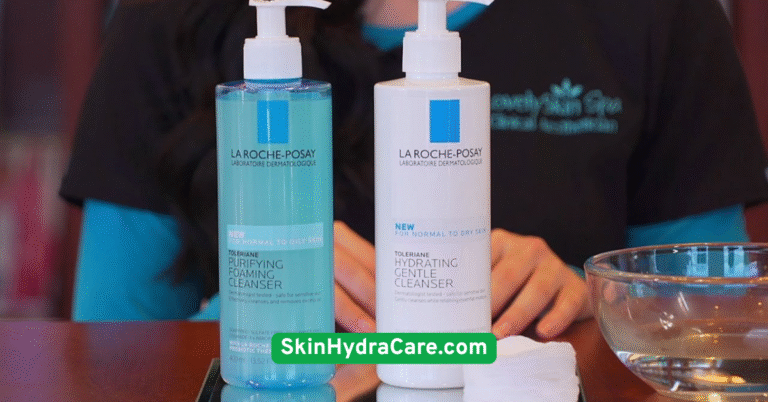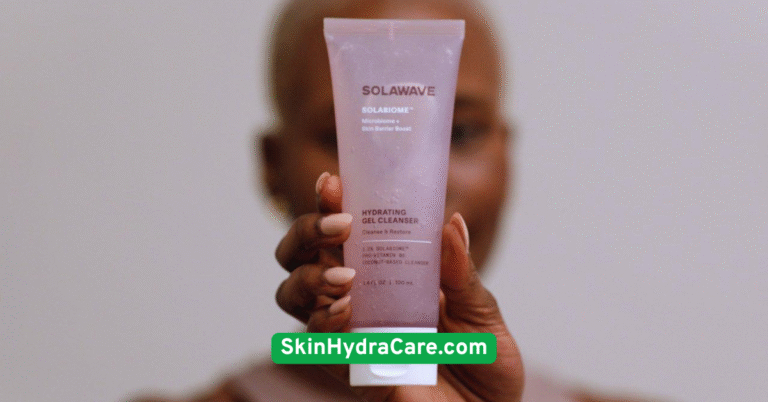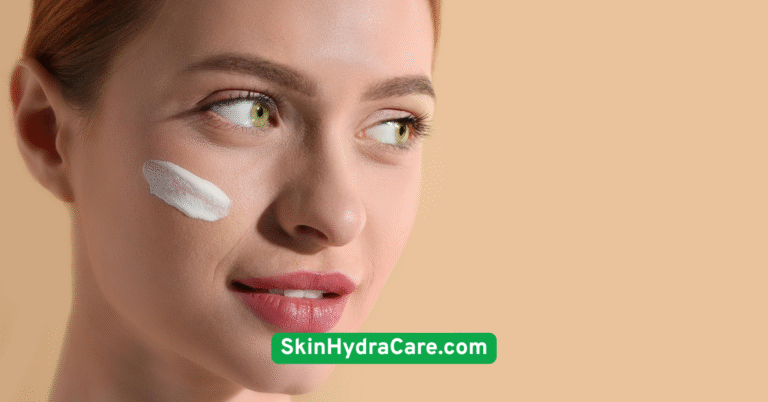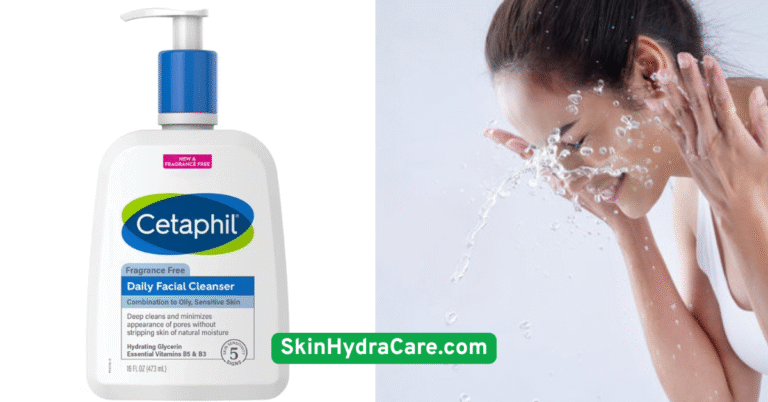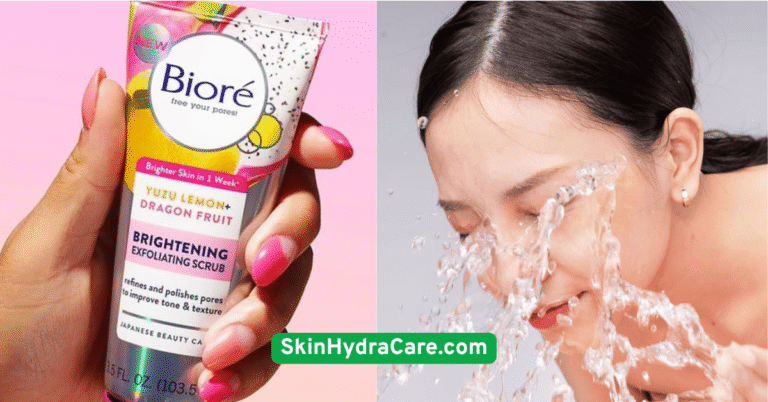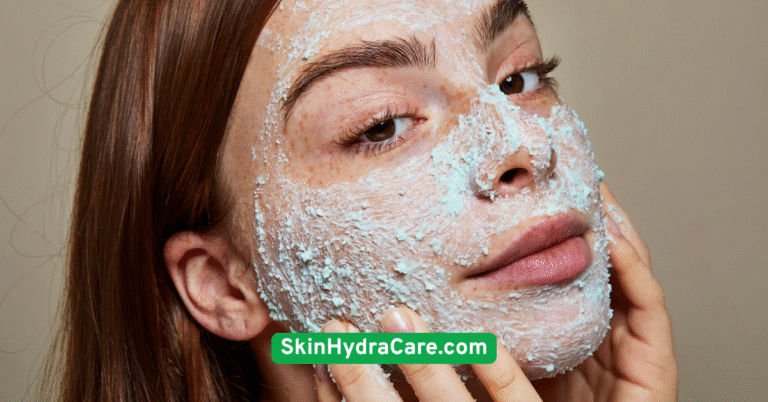15 Calming Skincare Tips to Calm Redness in 2025

1. Start with a Gentle Cleanser
Cleansing is the first step in any skincare routine, and when it comes to calming redness, less is more. Harsh soaps, abrasive scrubs, and foaming cleansers can strip the skin of its natural oils, leading to increased sensitivity and inflammation.Look for sulfate-free, pH-balanced cleansers made for sensitive skin. Ingredients like glycerin, chamomile, and oat extract are excellent for gently removing dirt and oil without disrupting your skin barrier. Stick to cleansing twice a day—once in the morning and once at night—to keep your skin clean and calm.Over-cleansing or using hot water can actually worsen the issue. Choose lukewarm water and pat your face dry with a soft towel rather than rubbing. A gentle touch sets the tone for the rest of your soothing routine.

2. Use Lukewarm Water Only
Hot showers feel great, but they can wreak havoc on your skin—especially if you’re dealing with redness. High temperatures strip away moisture, break down the skin barrier, and cause capillaries to dilate, making redness more visible.Switching to lukewarm water might seem like a small change, but it’s a powerful one. It keeps your skin calm, hydrated, and free from flare-ups. If you’re someone who enjoys long, steamy showers, try reducing both the heat and the time to prevent moisture loss.For facial cleansing, always test the water temperature with your hand. If it feels hot, it’s too much for your face. Trust us—your skin will thank you.
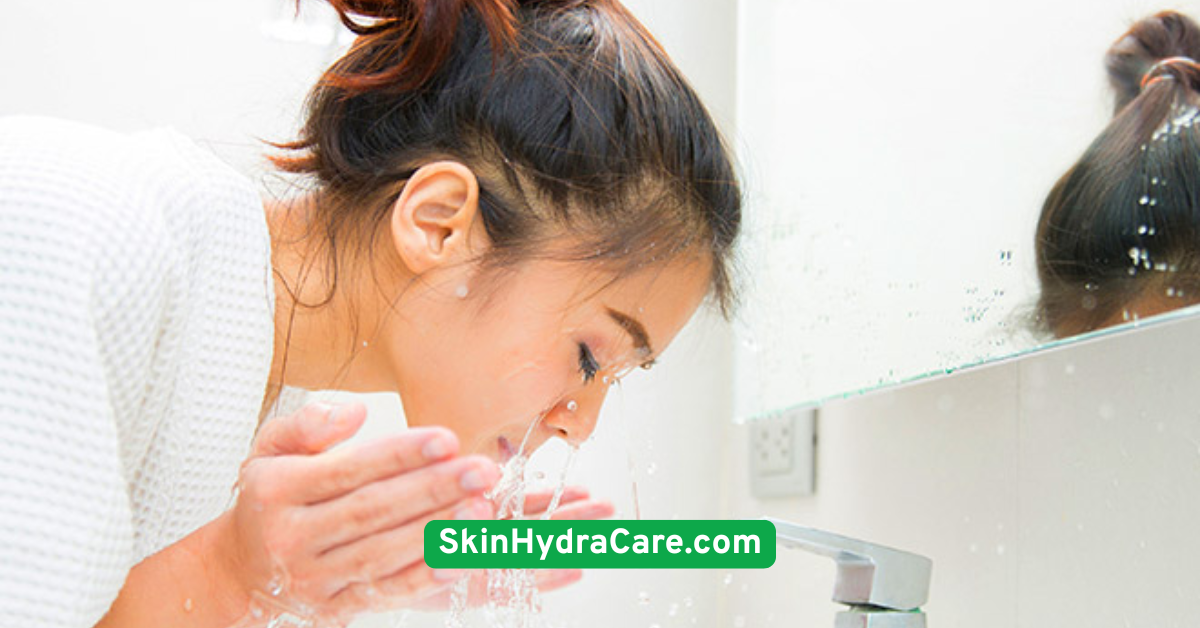
3. Incorporate Anti-Inflammatory Ingredients
When your skin is red and irritated, it’s basically crying out for soothing ingredients. That’s where anti-inflammatory heroes like green tea extract, aloe vera, niacinamide, and centella asiatica come in.These ingredients help reduce inflammation at the cellular level. For example, niacinamide not only calms redness but also strengthens the skin barrier and improves texture. Centella asiatica, also known as cica, is known for its healing and soothing properties, often used in Korean skincare for reactive skin types.Make sure these ingredients appear in your serums, moisturizers, or toners. And always patch test new products before applying them to your entire face.

4. Hydrate with a Fragrance-Free Moisturizer
Moisturizing is crucial when managing redness. A properly hydrated skin barrier is less reactive and more resilient. However, choosing the right moisturizer is key—many are packed with alcohol, fragrances, and other irritants.Opt for fragrance-free, alcohol-free, and hypoallergenic formulas. Look for calming ingredients like ceramides, colloidal oatmeal, and squalane to deeply nourish the skin without causing a flare-up.Applying moisturizer while your skin is still slightly damp helps lock in hydration and prevents water loss. It’s a small trick that makes a big difference.
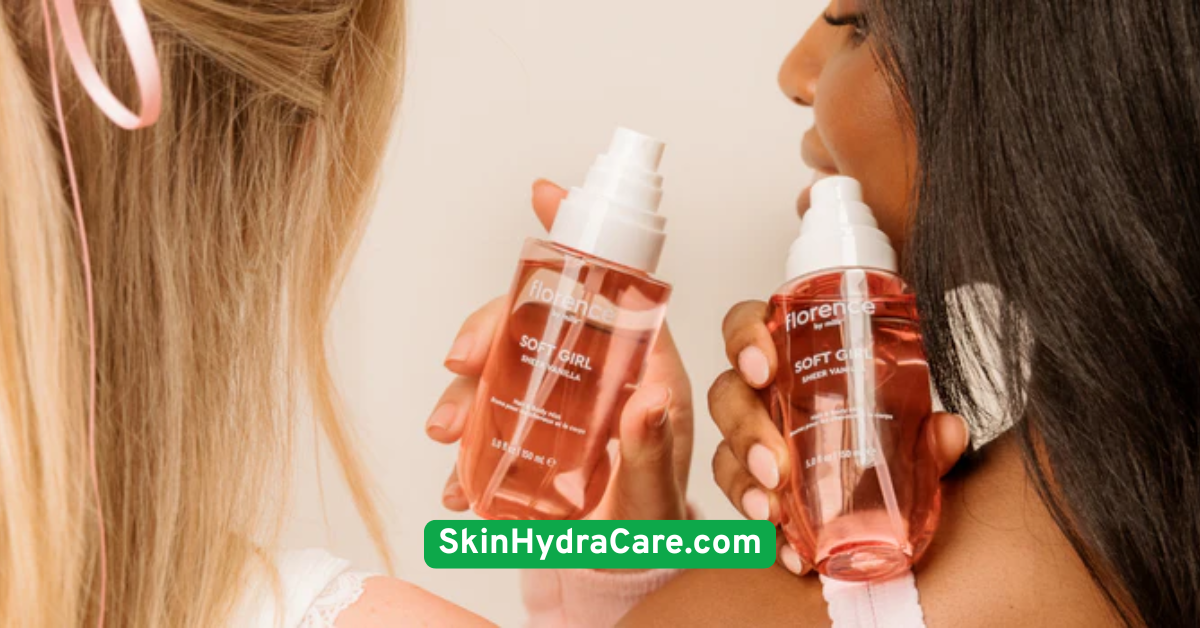
5. Add a Barrier-Repairing Serum
Your skin barrier is your body’s natural defense system—and when it’s damaged, redness is often the first symptom. A barrier-repairing serum is like a first aid kit for your face, helping restore balance and prevent further irritation.Look for serums containing panthenol (pro-vitamin B5), peptides, or squalane. These ingredients help rebuild the skin’s lipid layer, reduce water loss, and improve overall resilience.Use your serum after cleansing and before moisturizing for the best results. It acts like a protective layer that seals in hydration and keeps irritants out.

6. Skip Physical Exfoliants
Scrubbing your skin might feel like you’re getting rid of the bad stuff, but if you’re dealing with redness, physical exfoliants are more harm than help. Abrasive scrubs can create micro-tears and aggravate sensitive skin, making redness worse.Instead, opt for gentle chemical exfoliants like lactic acid or mandelic acid. These exfoliate the skin without the need for harsh rubbing, encouraging cell turnover while keeping inflammation in check.Start slow—once a week is more than enough for reactive skin. Overdoing it can backfire, so listen to your skin’s signals.
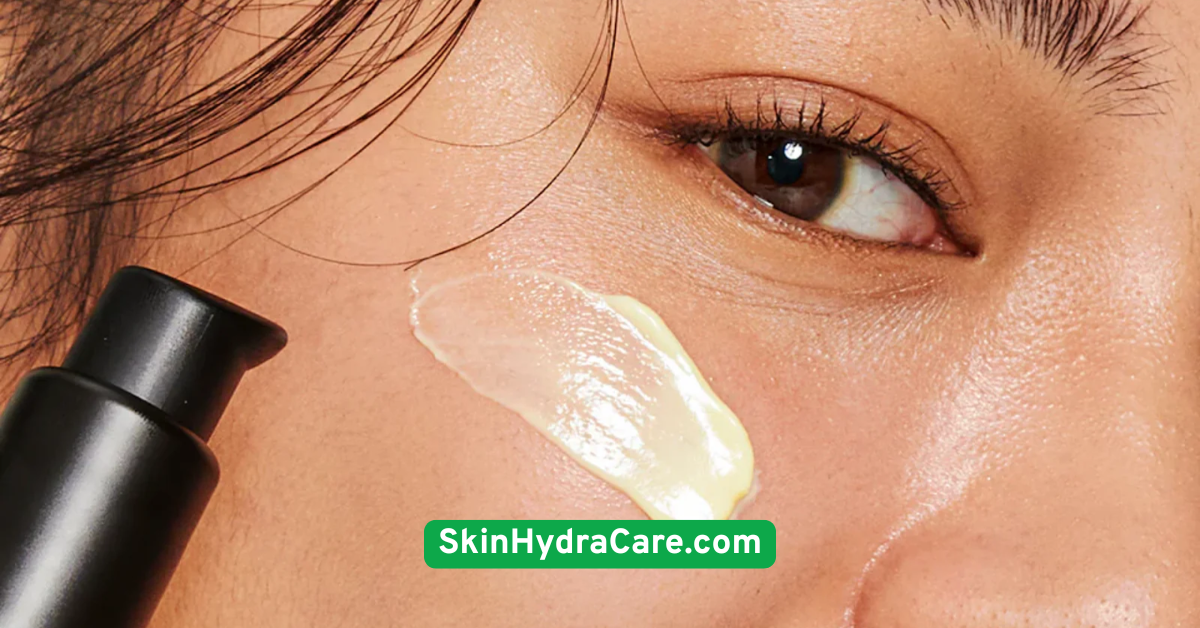
7. Apply Cold Compresses for Immediate Relief
When redness flares up suddenly—after a workout, sun exposure, or a hot day—cold compresses can bring almost instant relief. Cold helps constrict blood vessels, reducing visible redness and inflammation.Wrap a few ice cubes in a clean cloth or use a cold gel pack, then press gently against the affected area for 5–10 minutes. Don’t apply ice directly to your skin—it can cause frostbite.You can also try cooling face masks or jade rollers kept in the fridge. These tools offer a spa-like experience while calming your skin.
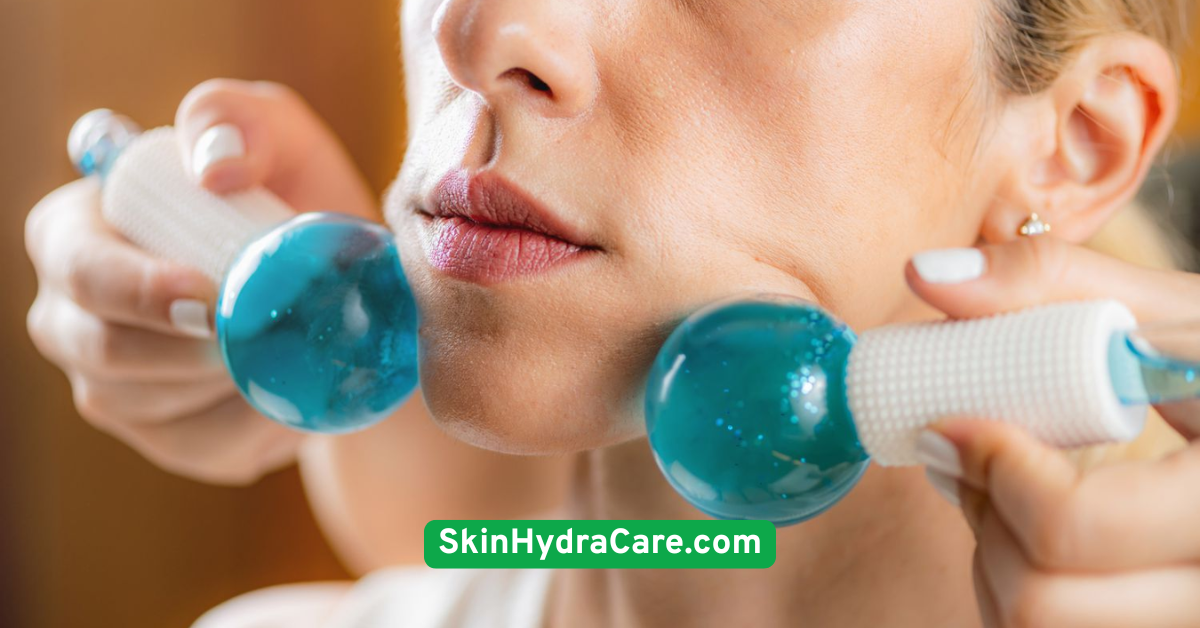
8. Choose Mineral Sunscreen Daily
Sun exposure is one of the most common triggers for redness, even on cloudy days. UV rays cause inflammation, break down collagen, and weaken the skin barrier—all things you want to avoid.Opt for mineral sunscreens with zinc oxide or titanium dioxide. These are gentler on sensitive skin compared to chemical sunscreens, which can sometimes cause stinging or reactions.Aim for SPF 30 or higher, and don’t forget to reapply every 2 hours when you’re outdoors. Your skin needs protection year-round.
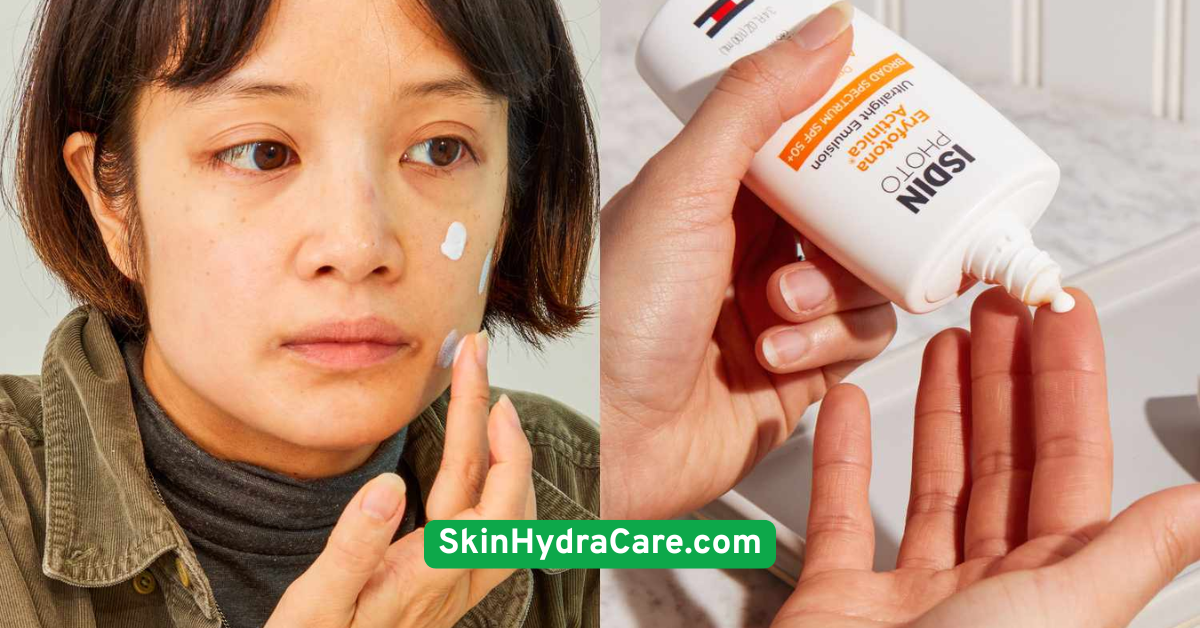
9. Ditch Overly Complicated Skincare Routines
The more products you use, the higher the risk of a reaction. Sensitive, red-prone skin often thrives on simplicity. Stick to the basics: cleanser, serum, moisturizer, and sunscreen.Avoid layering multiple active ingredients like retinol, strong acids, or essential oils unless advised by a dermatologist. If you’re introducing something new, give it a week or two before adding anything else.Consistency and patience often yield better results than trendy 10-step routines.
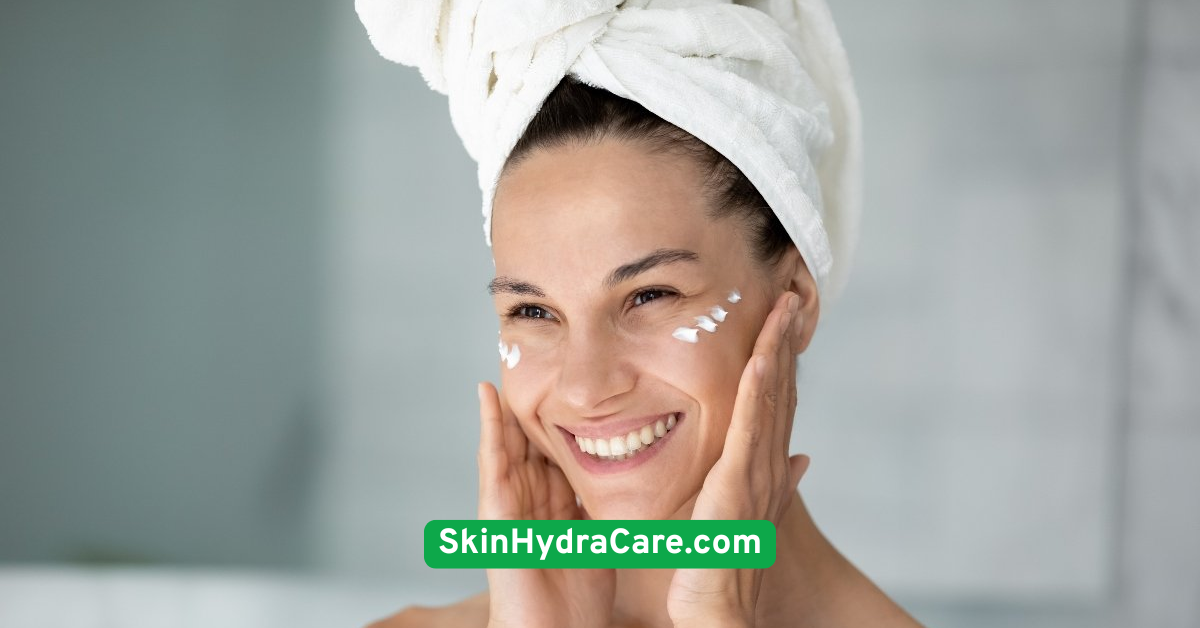
10. Use Facial Mists with Calming Extracts
Sometimes your skin just needs a refreshing pick-me-up, and facial mists are perfect for that. Look for mists containing rose water, cucumber extract, or chamomile—all known for their anti-inflammatory and hydrating properties.Avoid mists that are heavily fragranced or contain drying alcohols. The goal is to soothe, not irritate.You can use facial mists throughout the day to cool and rehydrate your skin, especially in dry or warm environments. It’s like a hug in a bottle for your face!
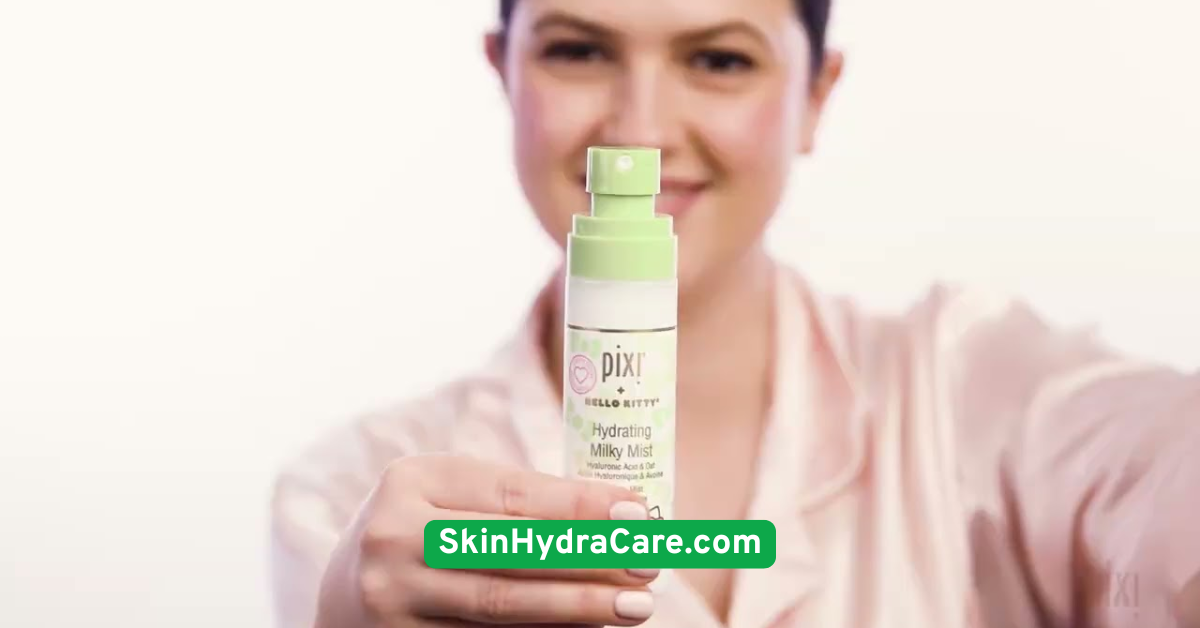
11. Sleep on Clean, Soft Pillowcases
Your skincare doesn’t end when you go to bed. Dirty or rough pillowcases can contribute to facial redness by causing friction and harboring bacteria.Switch to soft fabrics like cotton or silk, which are gentler on the skin. Wash your pillowcases at least twice a week, and avoid using harsh detergents or fabric softeners that may trigger a reaction.Bonus tip: Try sleeping on your back if you can—it reduces pressure and contact on the cheeks.
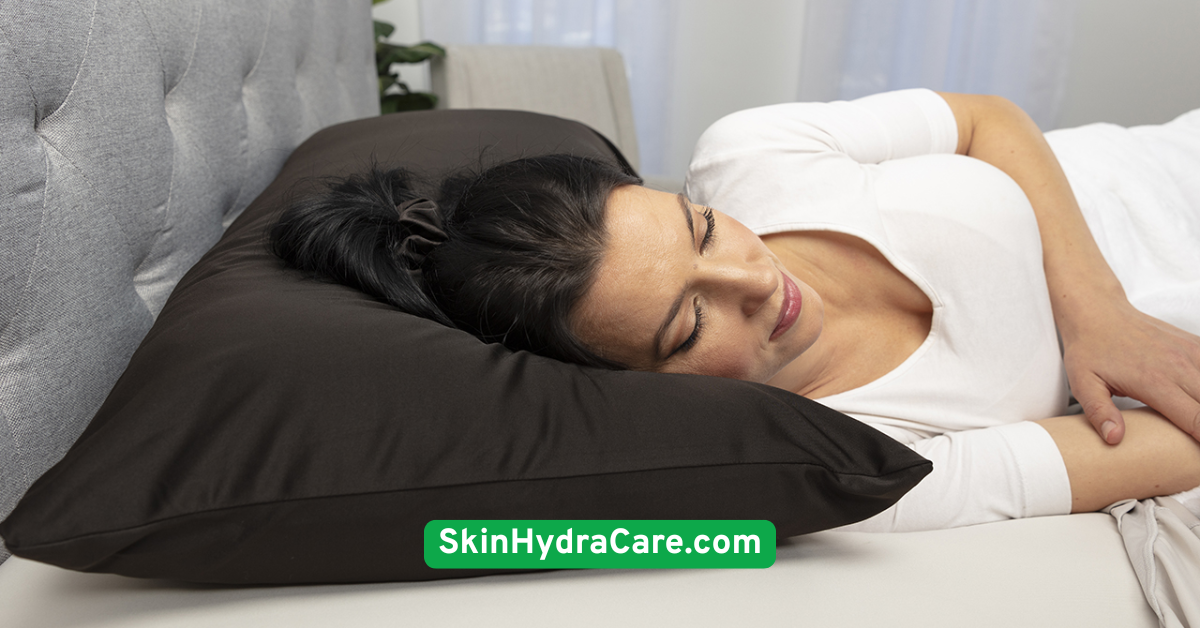
12. Manage Stress to Help Your Skin
Here’s a fun fact: Your skin has stress receptors. So when you’re feeling tense or overwhelmed, your skin often shows it in the form of redness, breakouts, or sensitivity.Activities like meditation, deep breathing, journaling, or even short daily walks can help manage your stress levels. Incorporating these into your skincare routine—just like applying moisturizer—can create long-term improvements.A calm mind often leads to calm skin. Don’t underestimate the power of mental well-being on your glow.
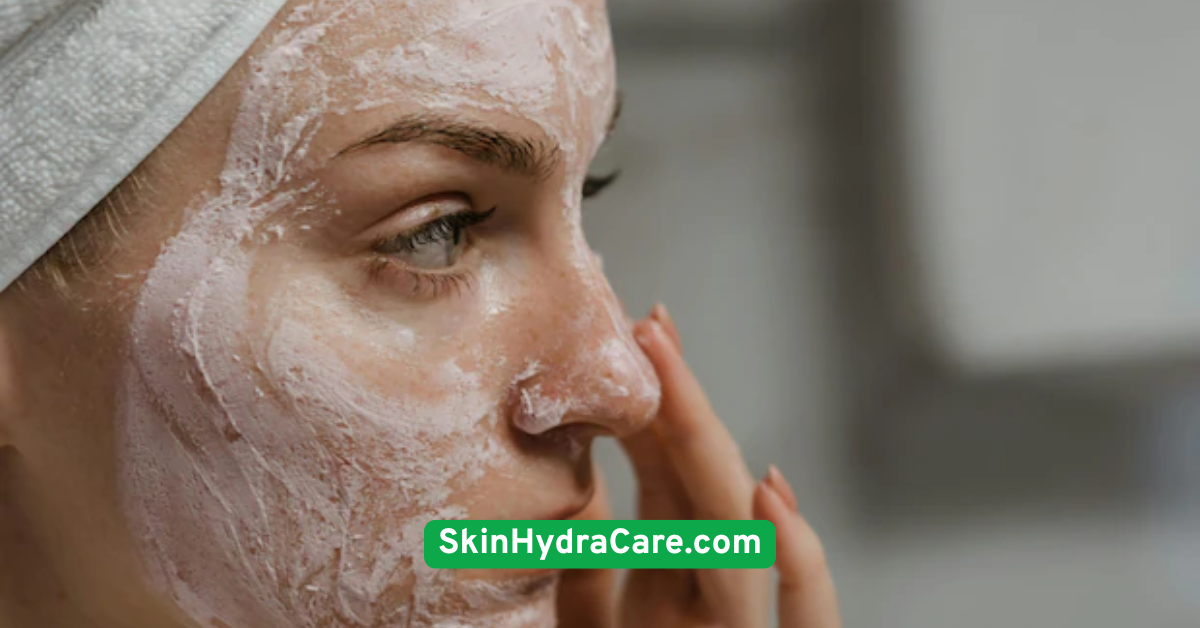
13. Be Mindful of Your Diet
You are what you eat—and your skin agrees. Spicy foods, alcohol, caffeine, and high-sugar items can trigger inflammation in sensitive individuals, leading to more redness.Try incorporating anti-inflammatory foods like fatty fish, avocados, berries, leafy greens, and nuts. These support your skin from within and improve overall health.Also, drink plenty of water. Staying hydrated keeps your skin plump, elastic, and less reactive.

14. Avoid Over-The-Counter Steroid Creams
While hydrocortisone creams might reduce redness temporarily, long-term use can actually thin your skin, making it more fragile and reactive.Unless prescribed by a dermatologist, steer clear of over-the-counter steroids. They may provide a quick fix, but they often lead to long-term sensitivity and worsening symptoms.Instead, invest in gentle, evidence-based solutions that nourish and support your skin naturally.
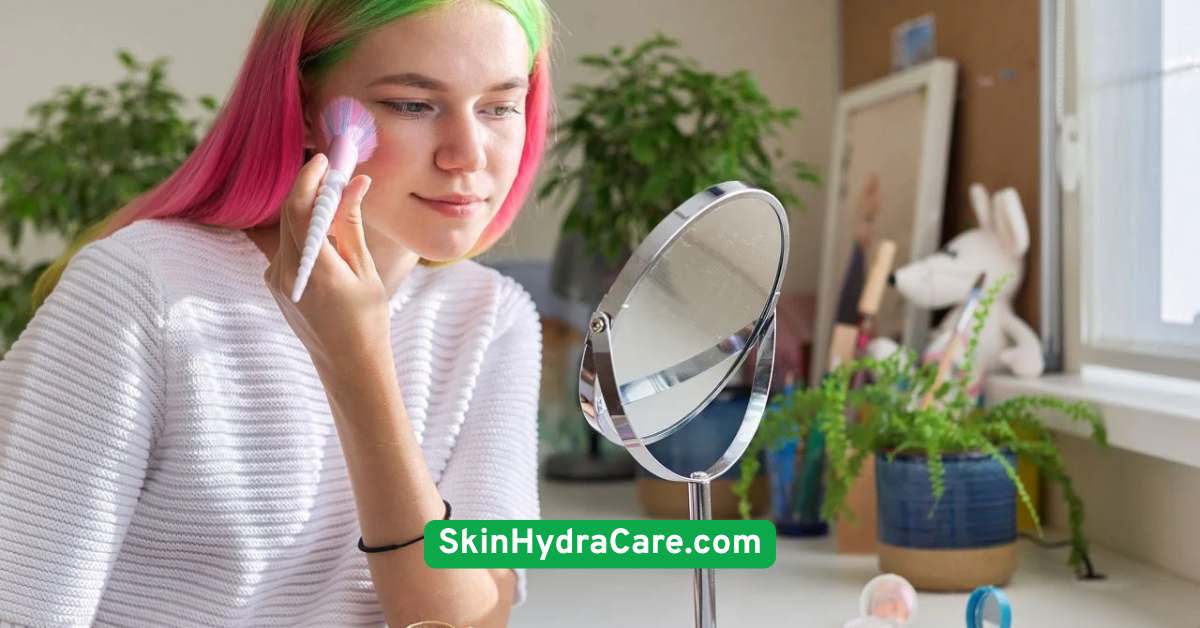
15. See a Dermatologist for Persistent Redness
If you’ve tried everything and your redness persists, it might be time to consult a professional. Conditions like rosacea, eczema, or seborrheic dermatitis require specific treatments that only a dermatologist can provide.A dermatologist can tailor a skincare plan to your needs, possibly including prescription topicals or oral medications to bring your redness under control.There’s no shame in seeking help—your skin deserves expert care.
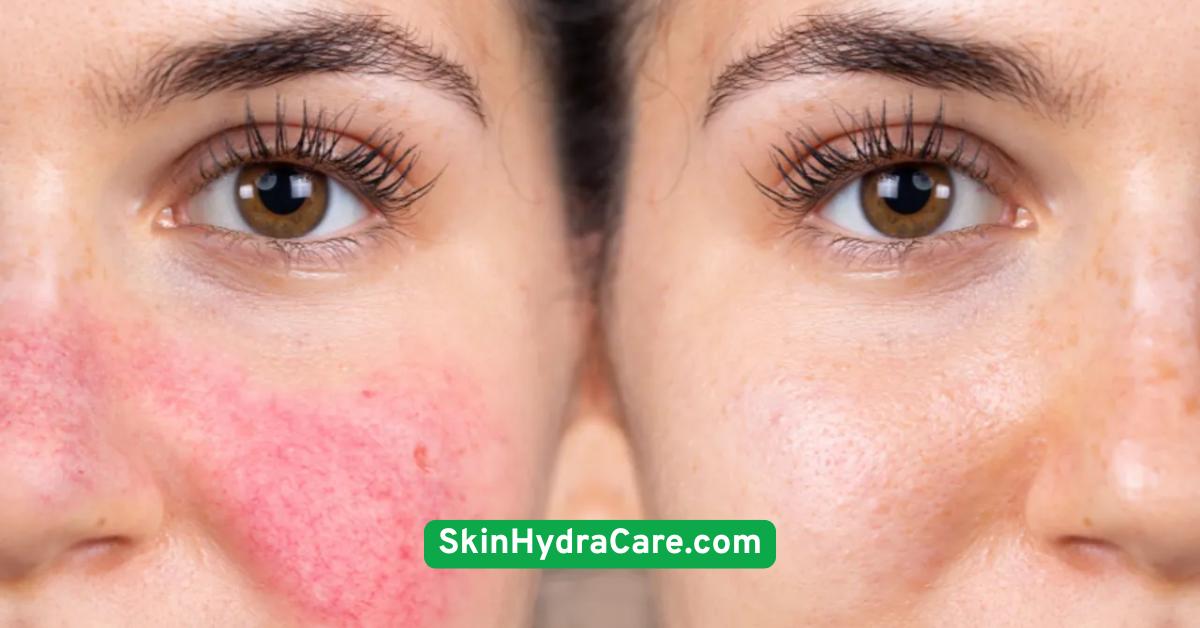
Conclusion
Facial redness isn’t just a cosmetic concern—it’s your skin’s way of asking for a little kindness and attention. Whether it’s caused by weather, stress, ingredients, or lifestyle, the good news is you now have a toolkit full of budget-friendly, gentle, and effective ways to calm your skin.
By simplifying your routine, choosing anti-inflammatory ingredients, and giving your skin the hydration and protection it needs, you’re already on the path to a calmer, clearer, more radiant complexion.
Be patient. Be kind. And most importantly, be consistent. Your skin’s journey might take time, but every soothing step you take is a step closer to lasting calm and confidence.
